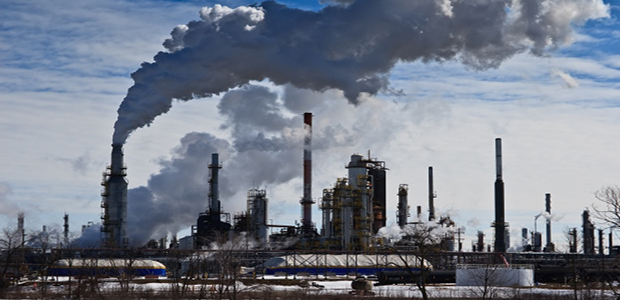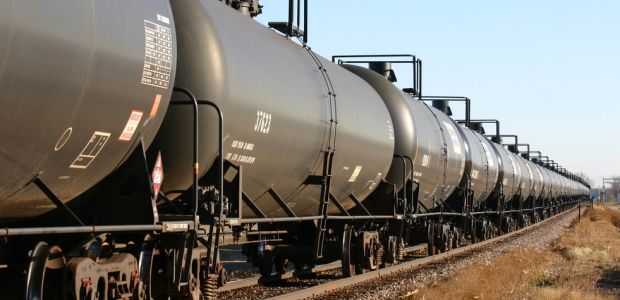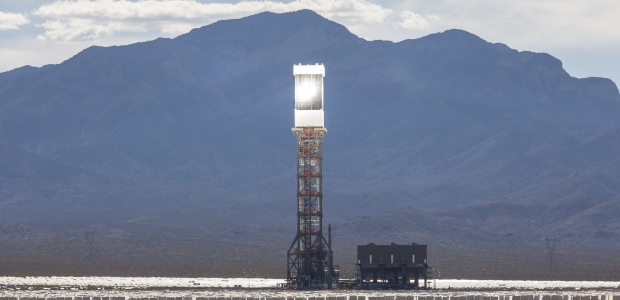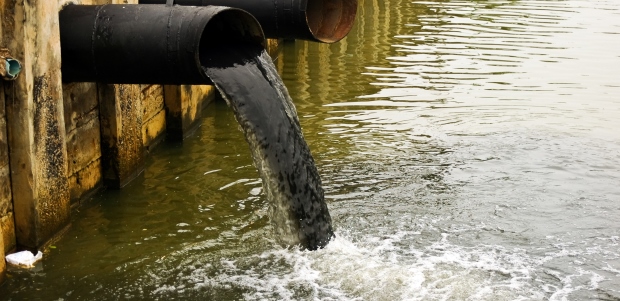The EPA announced it will be using Clean Water Act authority to assess permanently prohibiting or restricting mine waste disposal into Alaska’s Bristol Bay watershed. This decision puts on hold attempts to build the Pebble Mine, which would be North America’s largest open pit gold-copper mine.

The settlement of a lawsuit filed against EPA by community groups in Texas and Louisiana requires EPA to take action by the end of 2014 to review outdated formulas and require more accurate reporting of toxic emissions from U.S. refineries and chemical plants.
A leading asset management provider breathes new life into furniture and fixtures at University of Wisconsin-Stout while reducing cost, downtime and environmental impact.
New watershed improvement and protection projects in Tennessee will receive more than $600,000 in funding beginning in August.

Based in Quebec, the company is the first Canadian manufacturer to join the EPA program that encourages food retailers to reduce refrigerant emissions.
Now that "an electric revolution has begun in Bhutan," the company's CEO, Carlos Ghosn, said Feb. 21, "I feel good about supporting this."
The company announced the signing with the British government moves the Peterhead Carbon Capture and Storage project to the next phase of design.

After much debate on the safety of shipping oil by train, federal regulators have created a list of voluntary measures transporters can use to help reduce the risks of accidents occurring on rail shipments.
The Georgetown and Salado salamanders, two species primarily located in central Texas, have become guarded endangered species after years of waiting for federal protection.

Although accidents are rare, transporting crude oil and natural gas poses major risks for human habitation areas and water bodies, regardless of how they are moved.
The agency has announced proposed revisions to the Worker Protection Standard for agricultural workers exposed to pesticides.

The Ivanpah Solar Electric Generating System, located in the Mojave Desert, began operations last week after several years of planning and construction. To date, the plant is the largest of its kind and reportedly generates 30 percent of all solar energy developed in the United States.
An investigation by California's Department of Toxic Substances Control found Clearwater Environmental Management, Inc. continued to transport hazardous waste after losing its license in 2007.
The state agency is allowing Patriot Coal’s Kanawha Eagle Prep Plant to begin testing new control measures put in place after a Feb. 11 slurry spill.

"We are excited to share the California experience and technical expertise gained from our early actions to reduce emissions and save fuel from the heaviest trucks via our California tractor-trailer greenhouse gas program over the last six years," said Air Resources Board Chairman Mary D. Nichols.
These are routine, five-year reviews at the sites.
The association notes that the FBI, the Department of Homeland Security, and the National Intelligence Agency agree cybersecurity is the top threat facing business and critical infrastructure in the United States.

The Potomac Water Filtration Plant has been sued for dumping more than 30 million pounds of sediment and aluminum into the Potomac River and the Chesapeake Bay over a four-year period.
A break occurred Feb. 2 in a 48-inch stormwater pipe beneath an ash basin at a retired coal plant in Eden, N.C., releasing at least 50,000 tons of ash to the Dan River, the company estimates.
Most of the $63 million paid to the U.S. government under the company's bankruptcy reorganization plan is going to fund the cleanups in 21 states.